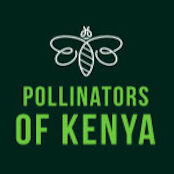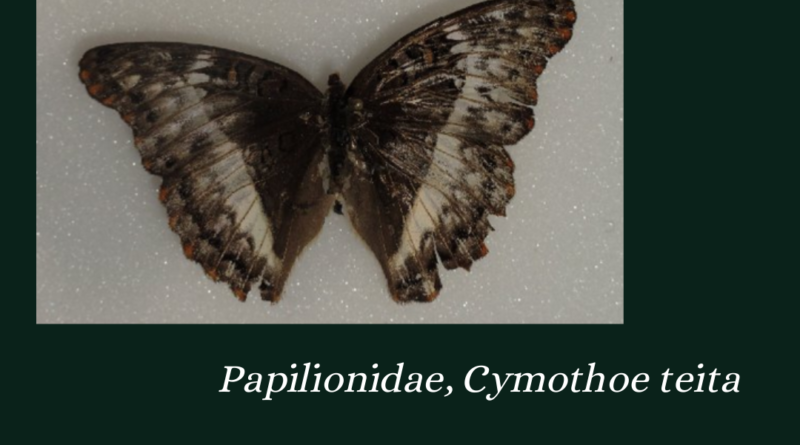The Life Cycle of Taita’s Butterflies
The beauty of Taita’s butterflies is not just limited to their appearance, but also their fascinating life cycle. Butterflies undergo a metamorphosis process, transforming from a tiny egg to a winged adult.
The lifecycle of a butterfly can be divided into four distinct stages: egg, larva, pupa, and adult. The process starts when the female butterfly lays her eggs on the underside of leaves of a host plant. The eggs are usually small and vary in color depending on the species of butterfly. Once the eggs are laid, they remain dormant until they hatch into caterpillars.
The caterpillar stage is the longest phase of the butterfly’s lifecycle, during which the larvae feed on the host plant and grow rapidly. The caterpillar’s primary goal is to consume as much food as possible and grow to a size that allows them to pupate. The Taita butterflies have unique host plants that they feed on, such as the Strophanthus and Secamone plants, which are abundant in the region.
Once the caterpillar has reached its full size, it enters the pupal stage, where it undergoes a metamorphosis process. The pupa is often referred to as the chrysalis and is a protective shell that encases the caterpillar’s body as it transforms into an adult butterfly. The chrysalis stage can last from a few days to several months, depending on the species of butterfly and environmental conditions.
Finally, the adult butterfly emerges from the chrysalis with its wings still wet and folded. It then pumps fluid into its wings to expand them and dry them out. Once the wings are dry, the butterfly is ready to fly and search for food, mates, and suitable habitat. The adult butterfly stage is the shortest phase of the butterfly’s lifecycle, lasting only a few weeks to a few months, depending on the species.
Butterflies play a vital role in the ecosystem by pollinating plants and acting as an indicator of a healthy ecosystem. They also provide an important food source for birds, reptiles, and other animals. However, the population of butterflies in Taita, as in many other regions around the world, is under threat due to habitat destruction, climate change, and the use of pesticides.
Reference:
Muli, E., & Ayieko, M. (2017). Diversity and distribution of butterflies in the Taita Hills, Kenya. International Journal of Biodiversity and Conservation, 9(10), 312-323. doi: 10.5897/IJBC2017.1142



